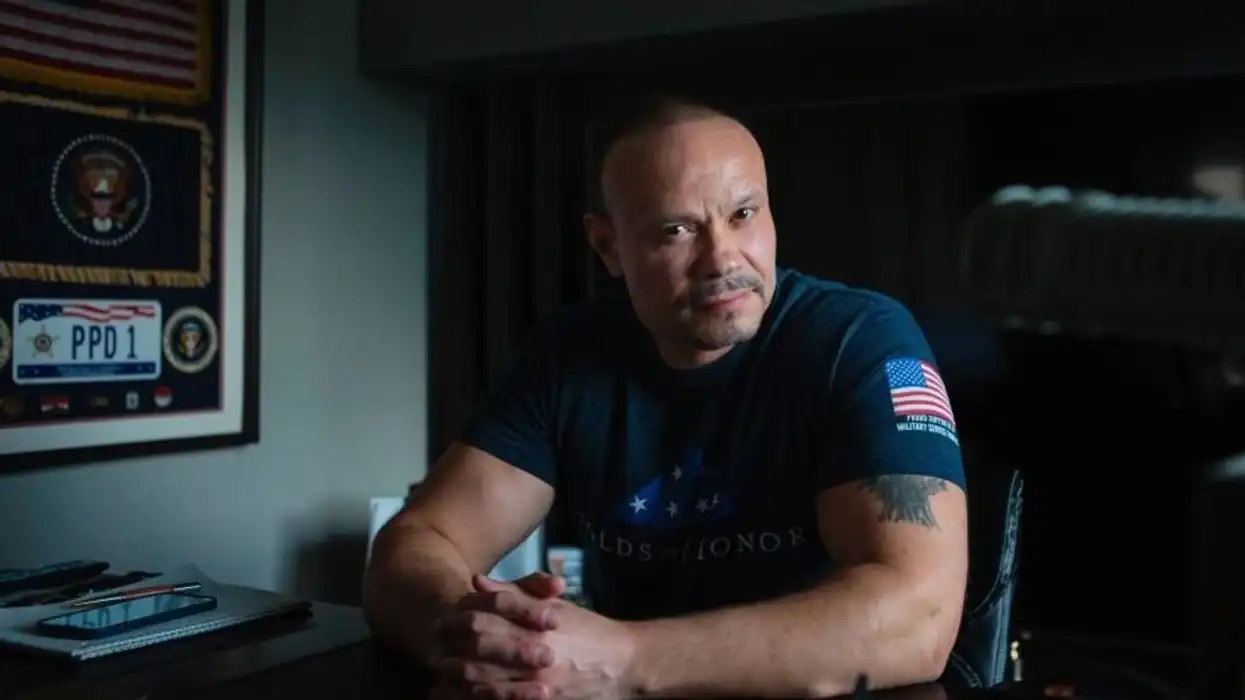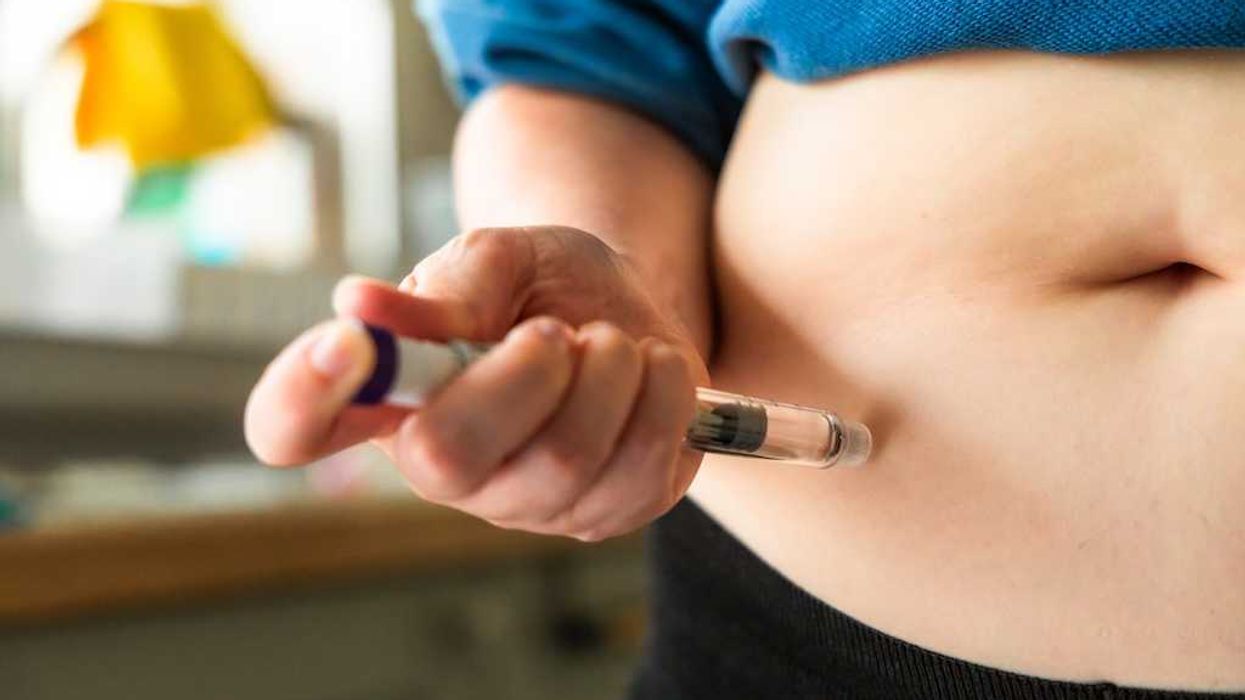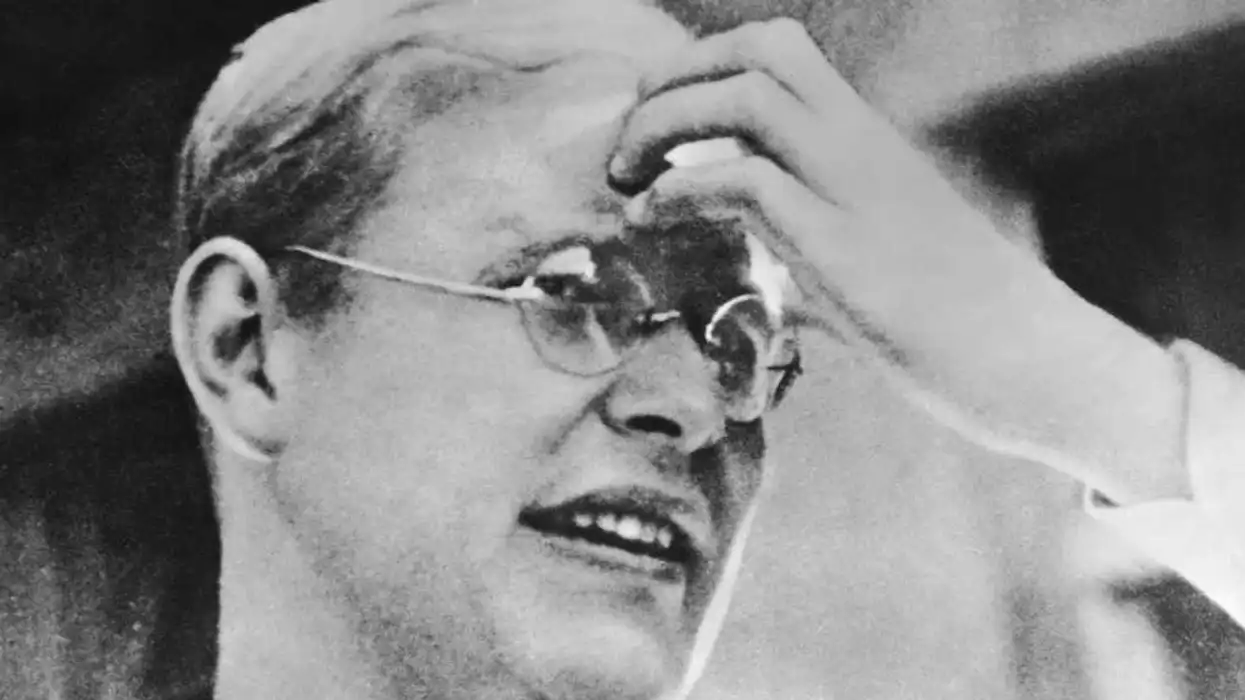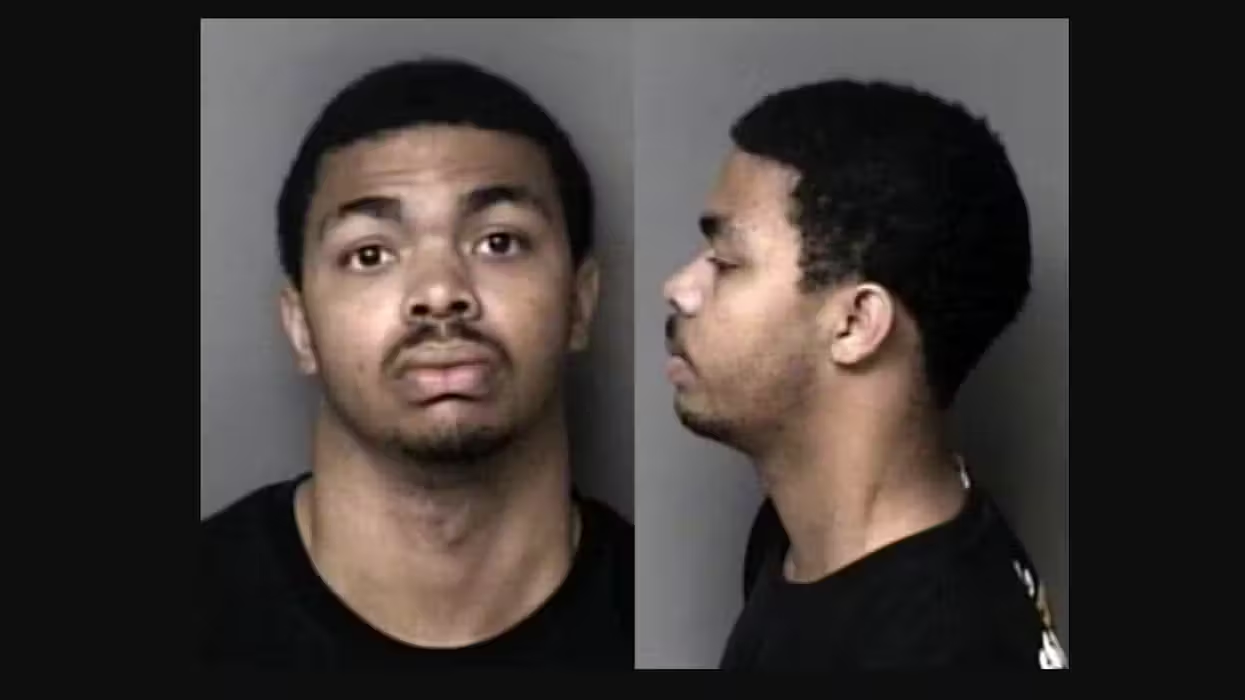
© 2026 Blaze Media LLC. All rights reserved.
Digital Pioneer Decides to Freeze His Body in Hopes of Future ALS Cure
August 29, 2014
"He’s always been optimistic about the future."
The first person to ever participate in a bitcoin transaction used his stash of cryptocurrency to break another unique barrier: He decided to freeze his body in hopes of being revived in the future when his ailments may have a cure.
 Fran and Hal Finney both embraced emerging technologies like cryopreservation decades before others. (Image source via Twitter)
Fran and Hal Finney both embraced emerging technologies like cryopreservation decades before others. (Image source via Twitter)
Hal Finney, a renowned cryptographer, coder and software engineer, was an early adopter of the now-widely recognized bitcoin, well before people were able to purchase homes, take vacations or even travel to space with it.
Now, Finney has decided to traverse another technological-societal barrier: at 58 years old, after battling Lou Gehrig's disease, or amyotrophic lateral sclerosis, for the last five years, he decided to opt for human cryopreservation, the process of freezing human bodies so that they can be revived decades or even centuries later, according to Wired.
Though no person has ever successfully woken up from cryopreservation, Finney's wife, Fran, said societal expectations or tech doubters never stopped Finney. And on Thursday morning, his final journey to break another technological, scientific and societal barrier began.
At 9 a.m. Thursday, Finney was declared legally dead. His body then was flown to Scottsdale, Arizona, where the cryonics firm Alcor Life Extension Foundation runs its operation. Wired explains:
Thursday night, Finney’s blood and other fluids were being removed from his body and slowly replaced with a collection of chemicals that Alcor calls M-22, which the company says are designed to be as minimally toxic as possible to his tissues while preventing the formation of ice crystals that would result from freezing and destroy his cell membranes.
Over the next several days, Finney's body temperature will be slowly lowered to -320 degrees Fahrenheit in preparation for long-term storage within an aluminum pod, inside a 10-foot tall tank filled with 450 liters of liquid nitrogen.
The set-up is designed to keep Finney in a state of near-complete suspended animation.
“That’s where he’ll remain until such time as we have technologies to repair the problems he had such as ALS and the aging process,” Max More, Alcor’s director and Finney’s friend of many years, said. “And then we can bring Hal back happy and whole again.”
Though Finney gained some recent recognition as one of the early coders to help bitcoin creator Satoshi Nakamoto debug the cryptocurrency and perform its first test transactions, he and his wife have such embraced emerging technologies, like the concept of cryopreservation, for many years; they both decided to have their bodies cryonically preserved more than 20 years ago.
“Hal respects other people’s beliefs, and he doesn’t like to argue. But it doesn’t matter to him what other people believe,” said Fran, who alternatingly referred to her husband in the present and past tense. “He has enough confidence in how he figures things out for himself. He’s always believed he could find the truth, and he doesn’t need to convince anyone.”
This jives with his privacy-minded and personal-choice background, as Wired noted:
Finney was also an avowed libertarian and well-known figure within the cypherpunks, another early ’90s, mailing-list-centered group focused on empowering individuals with encryption, preserving privacy, and foiling surveillance. Finney created the first so-called “cypherpunk remailer,” a piece of software that would receive encrypted email and bounce messages to their destinations to prevent anyone from identifying the sender. He also became the first coder to work with Phil Zimmermann on Pretty Good Privacy or PGP, the first freely available strong crypto tool, and designed the software’s “web-of-trust” model of verifying PGP users’ identities.
“He’s always been optimistic about the future,” Fran said. “Every new advance, he embraced it, every new technology. Hal relished life, and he made the most of everything.”
If you are curious to see how cyropreservation might work, check out the video below:
This story has been updated.
(H/T: Wired)
--
Follow Elizabeth Kreft (@elizabethakreft) on Twitter
Want to leave a tip?
We answer to you. Help keep our content free of advertisers and big tech censorship by leaving a tip today.
Want to join the conversation?
Already a subscriber?
more stories
Sign up for the Blaze newsletter
By signing up, you agree to our Privacy Policy and Terms of Use, and agree to receive content that may sometimes include advertisements. You may opt out at any time.
Related Content
© 2026 Blaze Media LLC. All rights reserved.
Get the stories that matter most delivered directly to your inbox.
By signing up, you agree to our Privacy Policy and Terms of Use, and agree to receive content that may sometimes include advertisements. You may opt out at any time.






